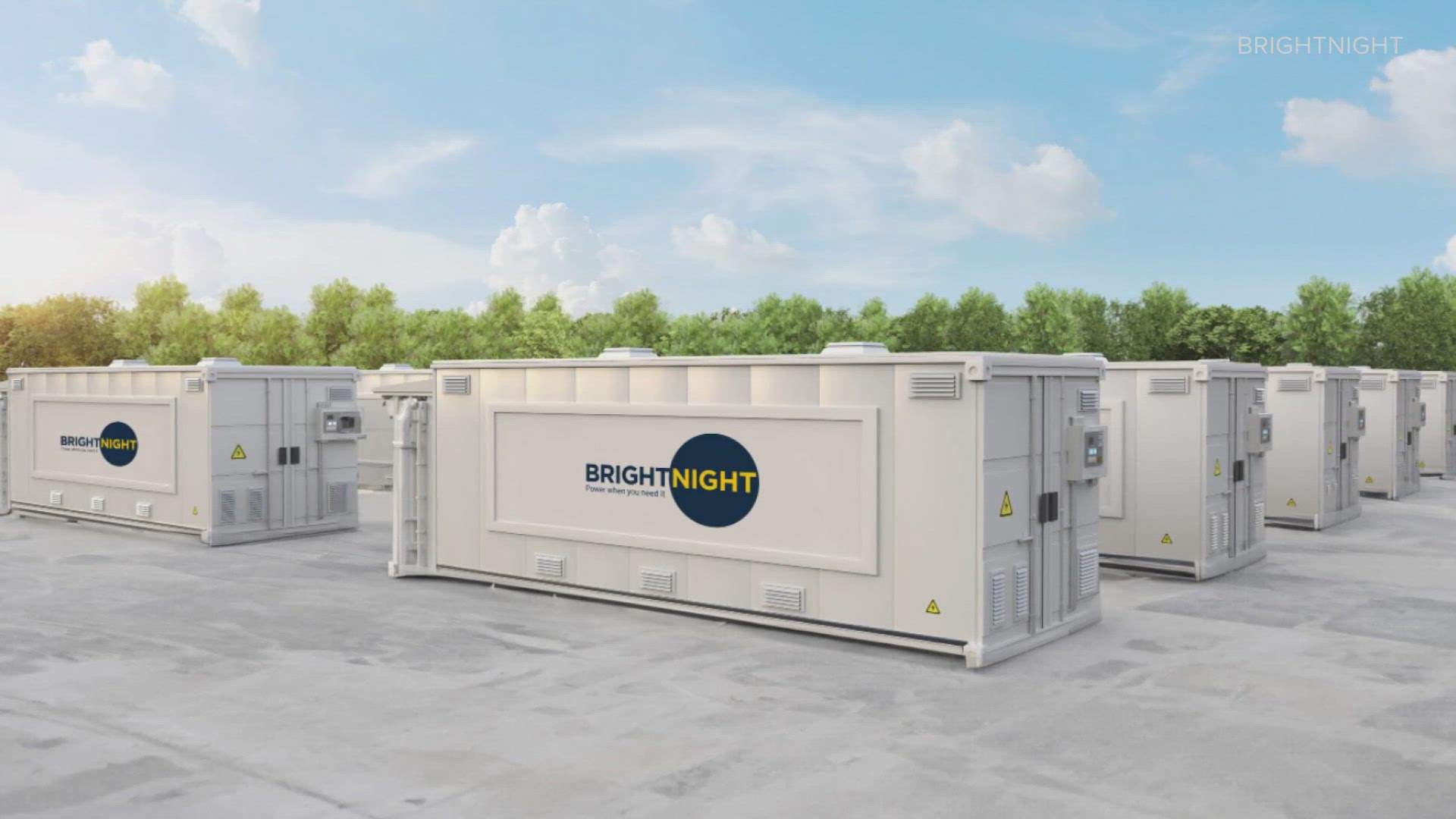REDMOND – For the first time ever Microsoft is showing us how technology could change how we shop in stores. Staff allowed KING 5 News to explore The Microsoft Retail Experience Center in Redmond Tuesday, revealing what technologies could give brick-and-mortar stores an edge in an age of growing online shopping.
"What's happening in retail today is you've got a lot of increased pressure coming from online retailers," said Brendan O'Meara, Managing Director of Retail and Consumer Goods at Microsoft. "Some might call this the Amazon effect."
One of the more noticeable advancements is beacon technology, a small device smaller than a flattened baseball, which can tell sales people who's in the store, how long they've been there, and what their traffic patterns are like.
"I can see where I spend most of my time in this store," said Marty Ramos, CTO of Worldwide Retail Industry for Microsoft, as he pointed to a screen with a layout of a mock store in the center. "I also show what product the customer's most likely to purchase. There's a 75 percent chance they're here to buy this game."
Microsoft said a growing number of businesses are using beacon technology but wouldn't reveal who those customers are. O'Meara said Microsoft encourages those who use it to be very clear about what information they'll collect from customers.
"One of the most important things as a retailer … as a merchant … is to make sure you're very transparent about what you're collecting about the customers and use opt-in in order to make sure if that customer is exchanging information with you that they understand," he said.
Ramos said the technology is similar to how we surf the Internet.
"At first glance it's kind of creepy," he said. "But the interesting thing is everything we're doing on here – happens when we're on the web. When I'm browsing a store's website – they know when I enter the website, what products I look at [and] how long I look at those products."
He used ordering coffee as an example of how clients use the Bluetooth beacon.
"This is a $15 to $20 device that essentially emits a unique number that my phone can see," he said as he held one of the devices.
Ramos used a scenario of ordering coffee on his phone as he left the house.
"As I approach the store, my phone sees a Bluetooth sensor and when it does that – it notifies the barista over here that I'm in proximity of the store and they should start making my coffee," he said. "So by the time I get to the counter, my cup of coffee is fresh and hot and sitting on the counter."
Other technologies in the center include an advanced vending machine where customers can interact with the screen, learning more about nutrition. A futuristic dressing room knows what items a customer is carrying in and a touch screen details what other sizes and colors are available. A mirror allows customers to see what makeup, lipstick, earrings or sunglasses would look like without even putting them on.
"Folks who shop for makeup really don't like to put it on in the store," Ramos said. "Typically they'll walk out of the store with a rainbow of lipstick on their hand."
O'Meara called some of what's in the center "cutting-edge technologies" already available in retail.
"All the scenarios we're talking about today are actually reality," he said. "These are experiences that are being used in retail [stores] of all sizes from small merchants up to large merchants."


